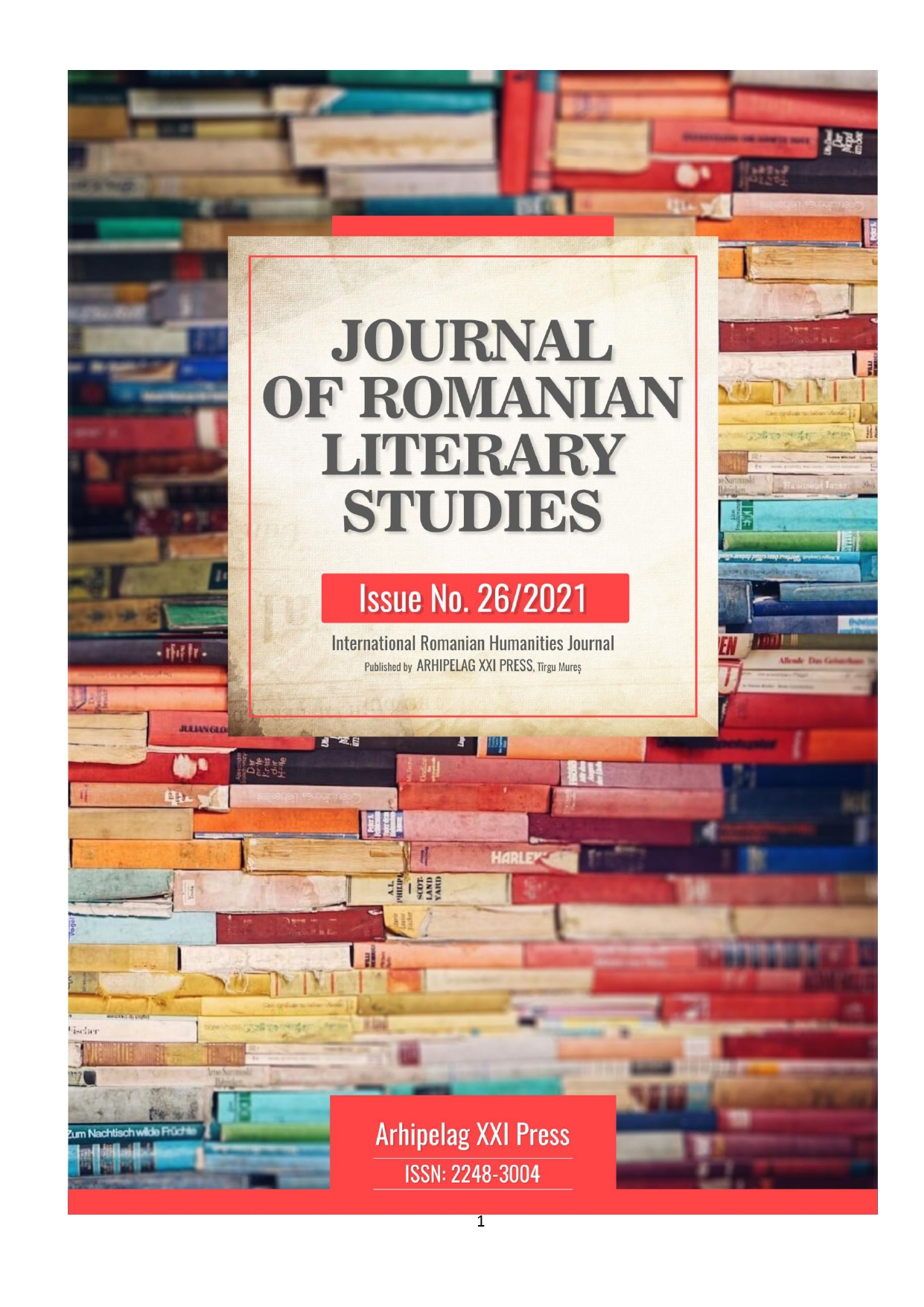ROMANIAN GRAMMAR FROM TEMPEA (1797) TO DIACONOVICI LOGA (1822), FROM A DIACHRONIC PERSPECTIVE
ROMANIAN GRAMMAR FROM TEMPEA (1797) TO DIACONOVICI LOGA (1822), FROM A DIACHRONIC PERSPECTIVE
Author(s): Alina Marieta RUCĂREANU, Alexandra NunSubject(s): Morphology, Historical Linguistics, Descriptive linguistics
Published by: Editura Arhipelag XXI
Keywords: grammar; history; language; linguistic norm; foreword;
Summary/Abstract: A correct knowledge of the Romanian language implies an approach and a recovery of the most important linguistic works, for a disclosure of the context and resources of the Romanian language at that time, but also of the normative aspects proposed by the respective grammars. The end of the 18th century, it is described under the brand of the Enlightenment, an ideology with a social and spiritual approach that urges many scholars to reflect and write. Although the Romanian language gained prestige as a language of worship in the church, Slavonic languages will continue to provide models through published materials and translations, as a result, the Cyrillic alphabet will be used for a long time. In the 18th century, starting with Eustatievici-Brașoveanul, Samuil Micu, Gheorghe Șincai and continuing, after 1797, with Radu Tempea, Paul Iorgovici, Ion Budai-Deleanu, Constantin Diaconovici-Loga and other grammarians wrote valuable grammar books, which grounded the normative basis of today's grammar of the Romanian language.
Journal: Journal of Romanian Literary Studies
- Issue Year: 2021
- Issue No: 26
- Page Range: 561-568
- Page Count: 8
- Language: English

